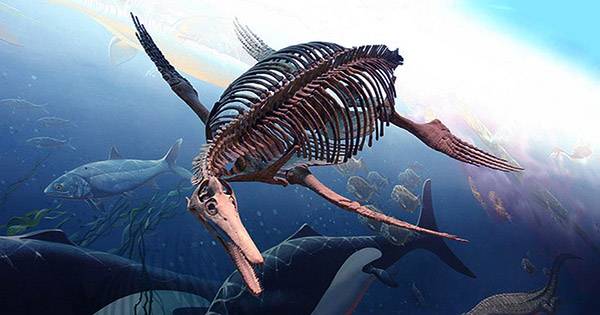If you are looking for gold in an amusement park, you will realize the pure indifferent pleasure of stumbling upon the hidden precious metals. In the world, however, they are a bit more difficult to come by.
New research published in the Journal of Scientific Reports has discovered that nature is willing to provide a formula for wealth hunters, as they learn why fish fossils are usually surrounded by precious metal deposits. The phenomenon is the result of ancient global climate change that forced ancient fish populations into certain underground seas. As these fish died and began to lay fossils, they accumulated the accumulated material along with the fish fossils in the sea bed.
These accumulated elements are usually dispersed in the ocean but are deposited inside the fossils as a result of fish fossils. The connection between fish fossils and rare metals was previously known, but scientists were the first to understand why this association occurs. They discovered the deposit in the vicinity of Minamitorishima in China, where deposits were found just 5 kilometers (3 miles) above sea level.
Apart from representing an exciting find, rare metals ranging from rechargeable batteries to window turbines are key ingredients in making a wide range of machinery. Currently, most of the world’s supplies come from China’s mines but it is hoped that the ocean can supply a new glue of valuable ingredients.
Professor Junichiro Ohta said in a statement, “Based on this new theory for the RYY deposit genesis of the sea, we can improve the way we find future deposits.”We can notice the foot of the great ocean on the coast, many of which are distributed from the western North Pacific Ocean to the Mid-Pacific Ocean, so theoretically accessible to Japan.”
Researchers have highlighted that despite an exciting discovery, much remains to be done on how these precious metals can be cut. Commercially mineral deposits from the depths of the ocean are a problematic enterprise, and so now work begins to work on a sustainable way to recover them.
















